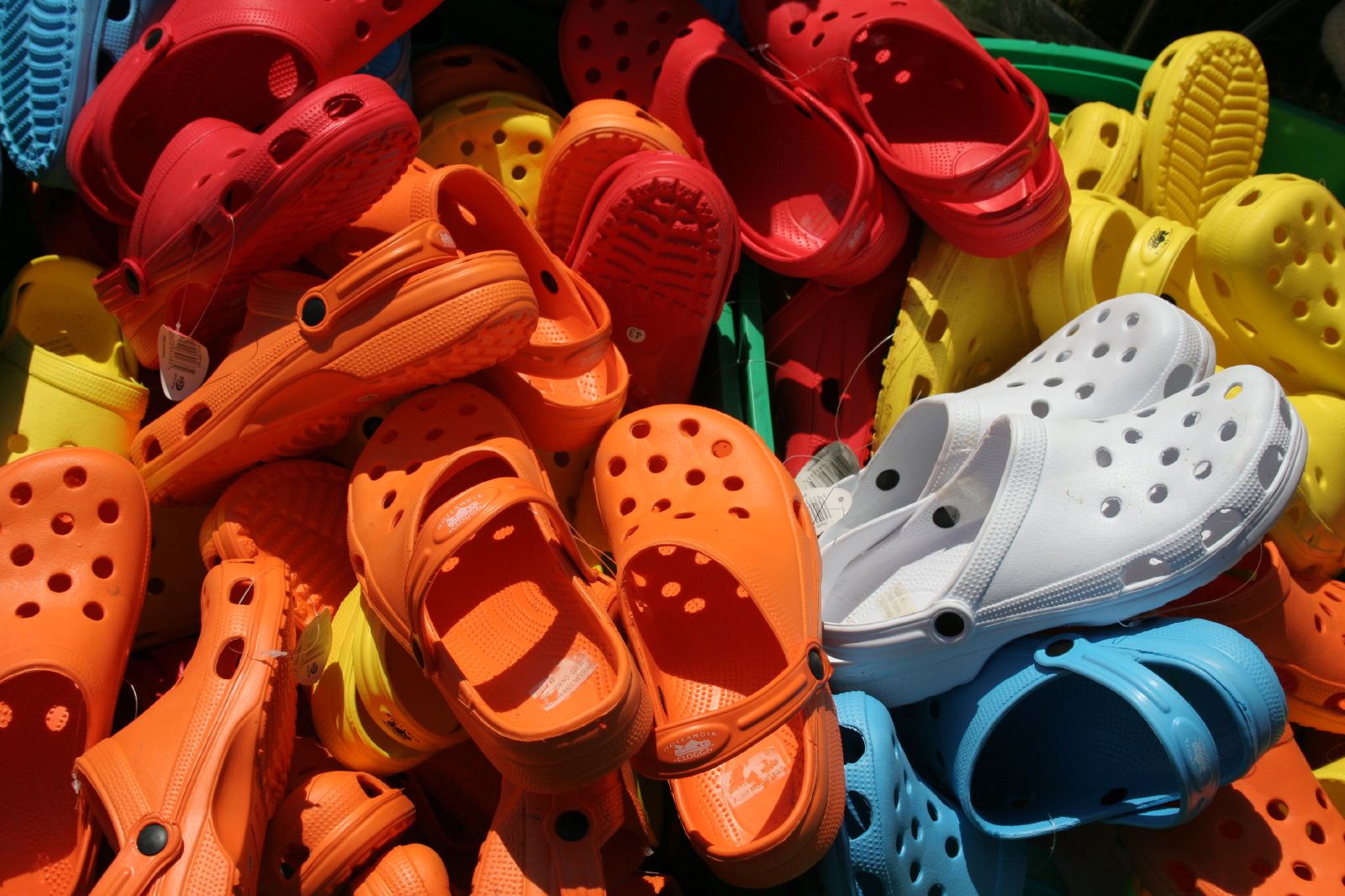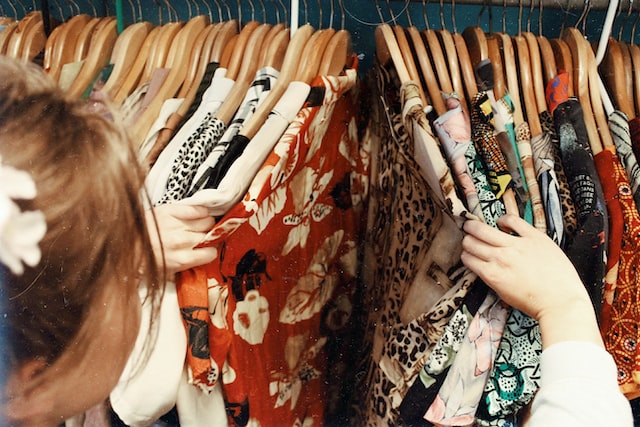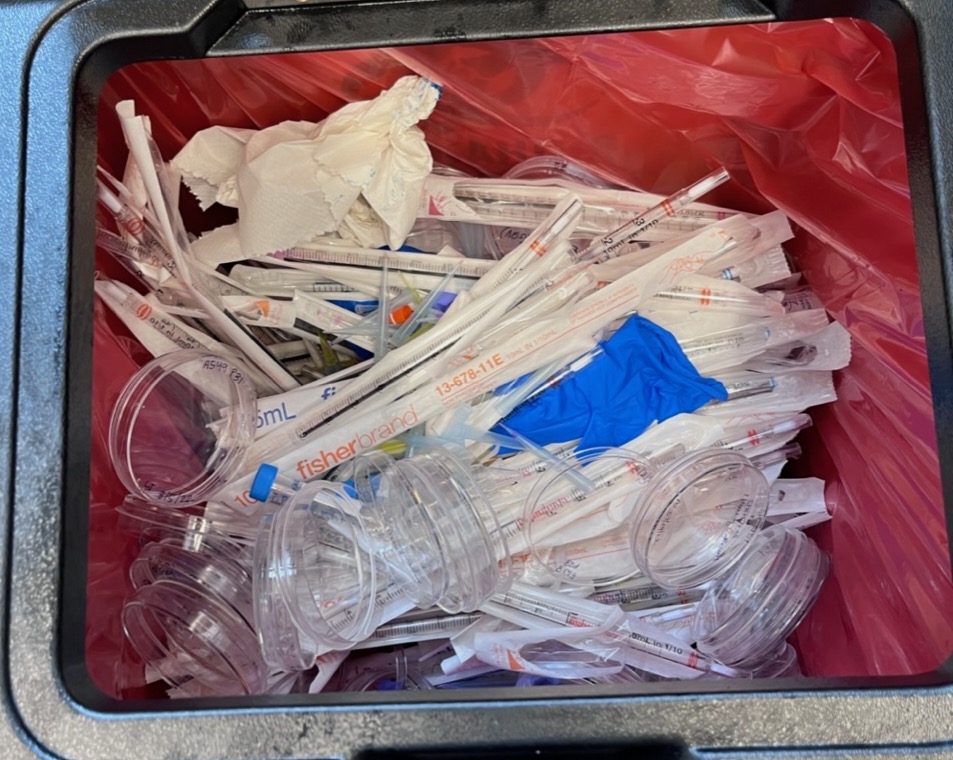
Once upon a time, tangible, easily processed materials controlled the world – wood, stone and metals. But now, one flexible polymer reigns above all else, composing everything from spaceships to underwear. Plastic, in many ways, is the material of the modern world.
And in case you haven’t heard, that supremacy comes associated with many costs. This miracle material has long been the boogeyman of landfills, oceans and manufacturing ills. Sometimes what seems to be the best option comes with unforeseen consequences.
So, we, as the 40th class of SHERP, decided to investigate how this material has become so ubiquitous with modern living — as an integral part of our lifestyle, society and learning environment. If you’ve ever been curious about this mysterious yet widely used substance, read the stories below.
Crocs are here to stay. Can they lighten their carbon footprint?
Allison Parshall, Delaney Dryfoos • October 12, 2022
And what are the iconic clogs even made of, anyway?
Going organic may be not enough to stop fashion’s plastic problem
Kharishar Kahfi • September 23, 2022
Buying less clothes might be as important as using natural cotton in reducing microplastic pollution from clothes
How scientists absolve their plastic guilt
Hannah Loss • September 20, 2022
Researchers are changing their single-use plastic habits in and out of work
A look into the plastic inside your clothes
Maiya Focht • September 9, 2022
An infographic diving into three types of plastic-based fabrics and how they may be affecting our environment
Is it safe to microwave plastic containers?
Deborah Balthazar, Daniel Leonard, Tatum McConnell • September 8, 2022
Many plastics contain harmful chemicals, and a zap in the microwave can increase your exposure. The FDA says this exposure isn’t a concern, but some experts recommend caution




